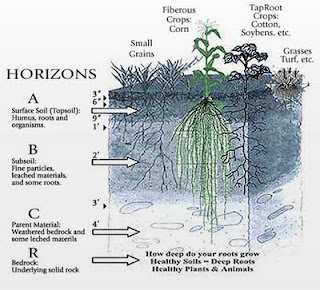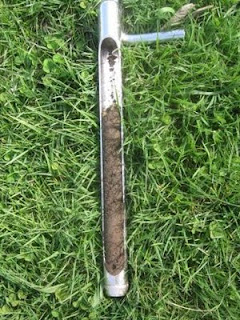We bought our 1st set of trees on clearance from Lowes for $5 each. Hopefully they'll all turn out OK. They're all pretty large (6-8 ft tall), semi-dwarf, showing a little bit of leaf drop, are in 3.5 gallon jugs, and all on clearance, presumably b/c they've been sitting over there all summer waiting to be purchased. A few of the blueberries and pears we also picked up at *Petals from the Past in Jemison (full price), #Green Thumb in Decatur (half price) and peaches for free from a friend.
Pecans
*1 Excel - $30
*1 Amling - $30
Pecans
*1 Excel - $30
*1 Amling - $30
Peaches
4 Belle of Georgia (white)- Orig $20
2 Unknown (Peach or Nectarines, same type leaf, not sure)- Orig $202 Elberta (yellow)- Orig $20
3 Neil (coworker) - Unknown but it's a white peach
1 Diamond Princess (white)- Orig $20
1 Hale Haven (yellow)- Orig $20
1 Hale Haven (yellow)- Orig $20
Nectarines
1 Sweet Pearl - Orig $30
1 Western Pride- Orig $30
Pear
1 Bartlett- Orig $20
*1 Warren - $22
*1 Ayers- $22
*1 Warren - $22
*1 Ayers- $22
Apples
1 Jonathon Apple- Orig $20
1 Golden Delicious Apple - Orig $201 Red Delicious Apple - Orig $20
Apricot
2 Golden Sweet - Orig $30 each
Blueberry
1 Tiftblue - Orig $20
#1 Tiftblue - Orig $16
#1 Premiere - Orig $16
#1 Climax - Orig $16
*1 Powderblue - Orig $9
#1 Tiftblue - Orig $16
#1 Premiere - Orig $16
#1 Climax - Orig $16
*1 Powderblue - Orig $9
Total Original Price = $575
Our Price = $215
Actual Value = Hopefully something. They're looking pretty sad right now, 1 week after purchase. The plan is to wait till fall to plant, once they go dormant, if they survive that long :(


